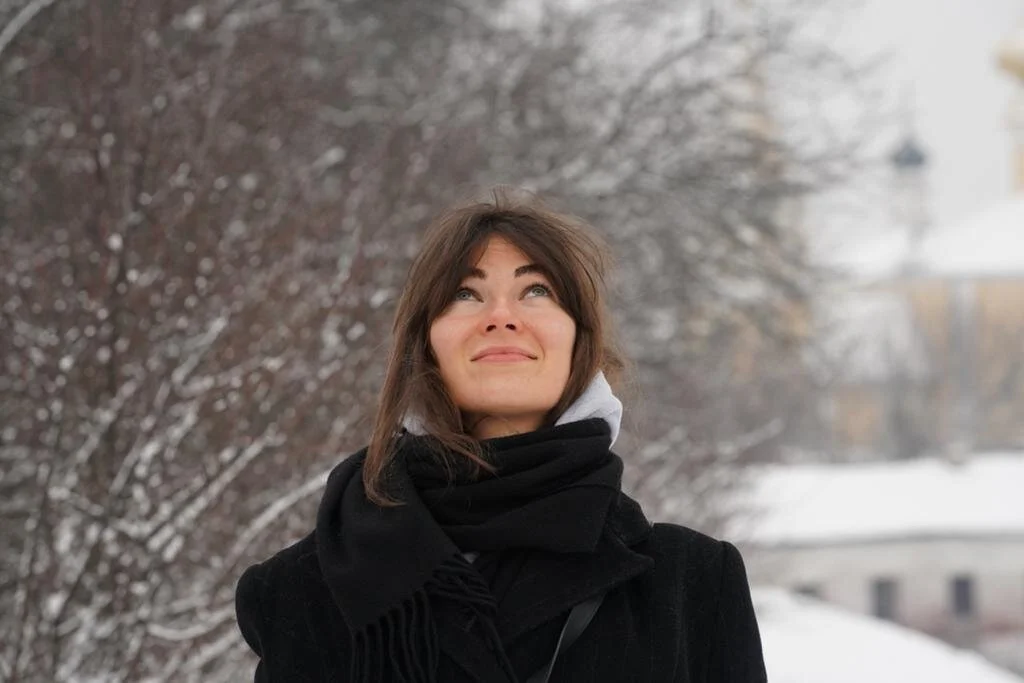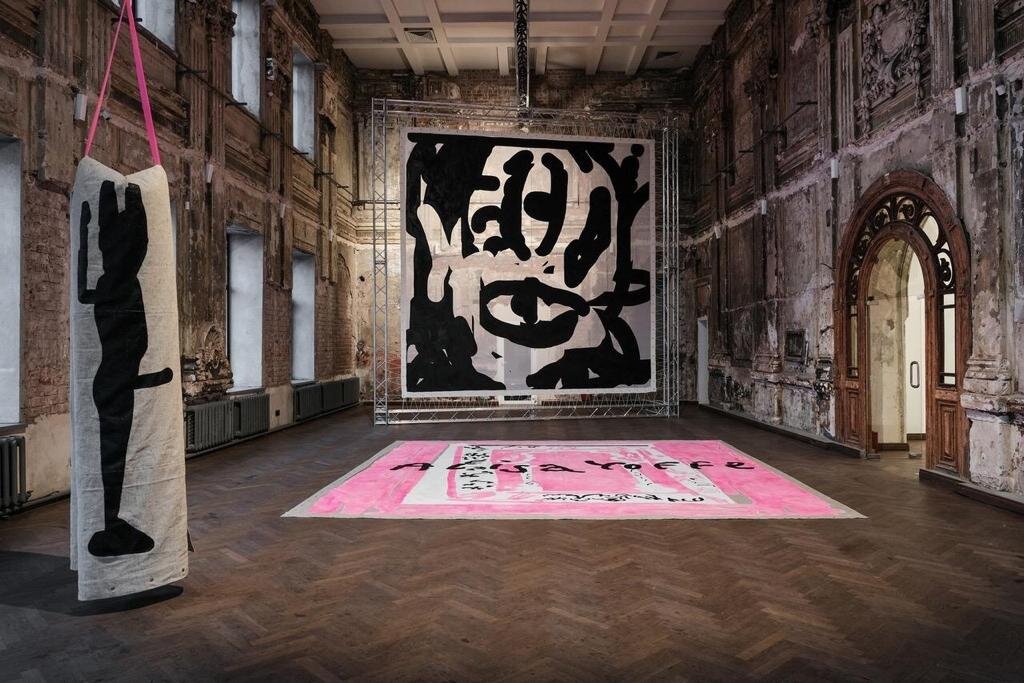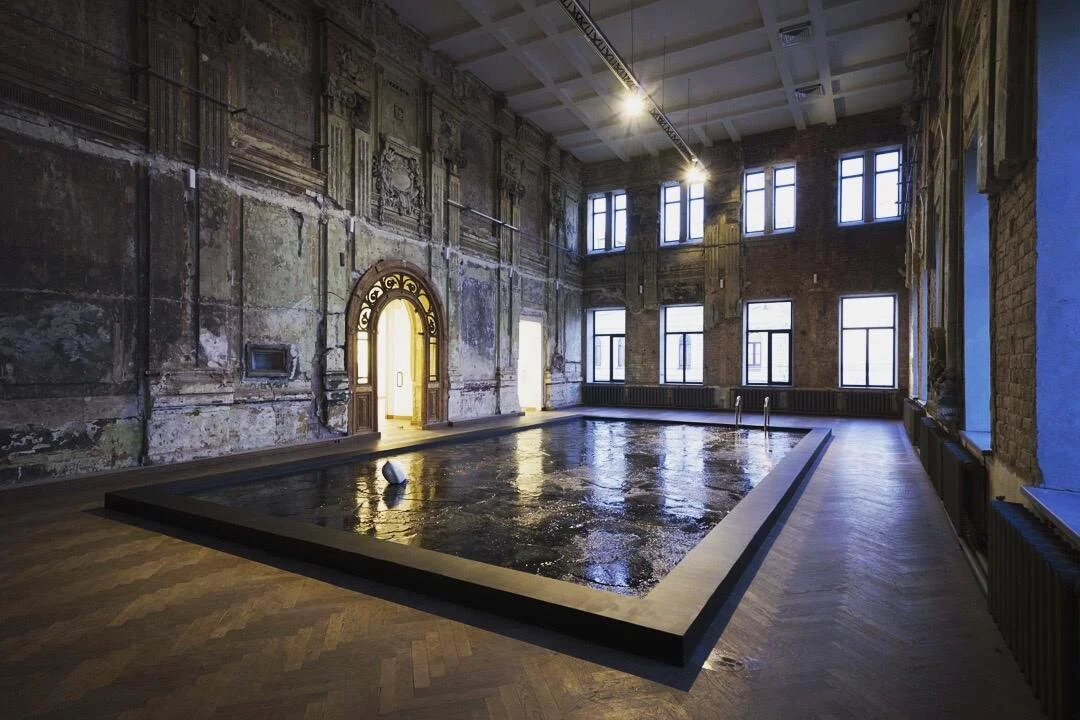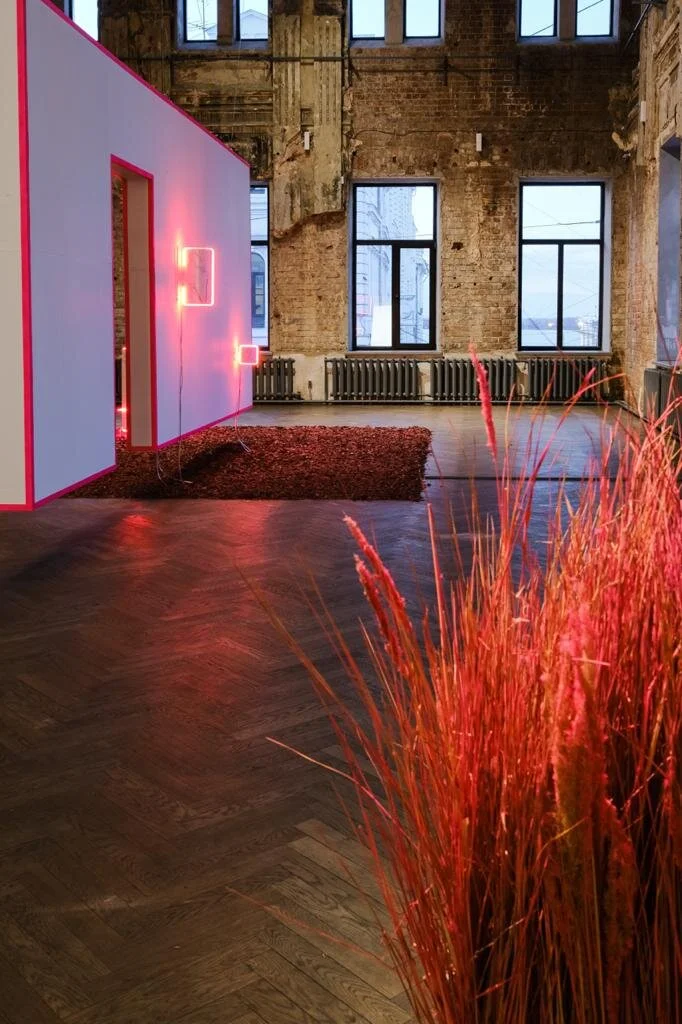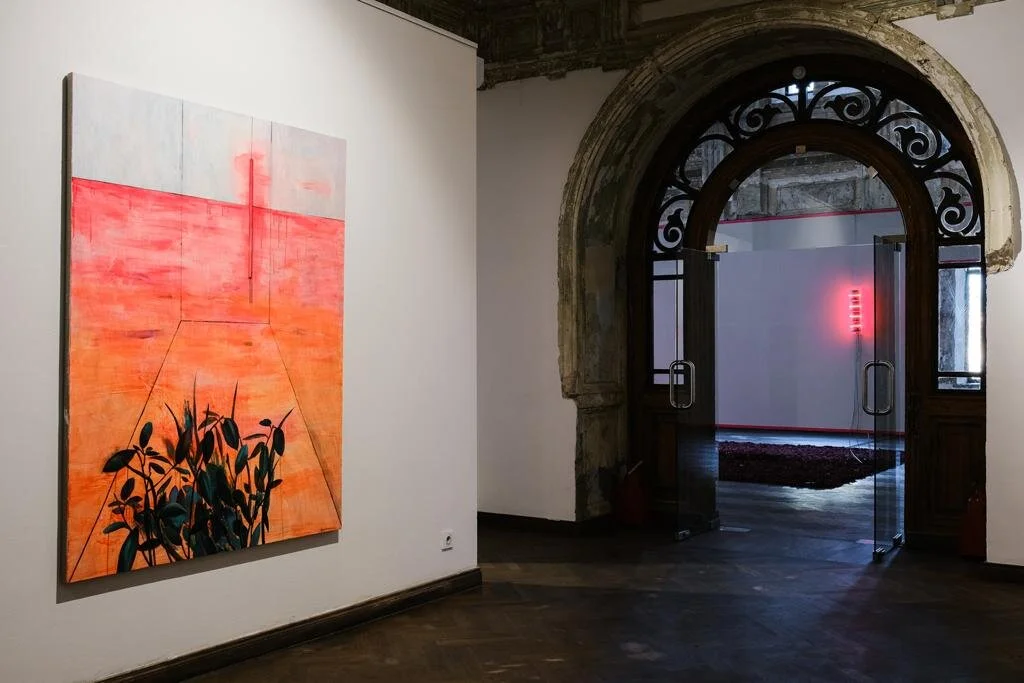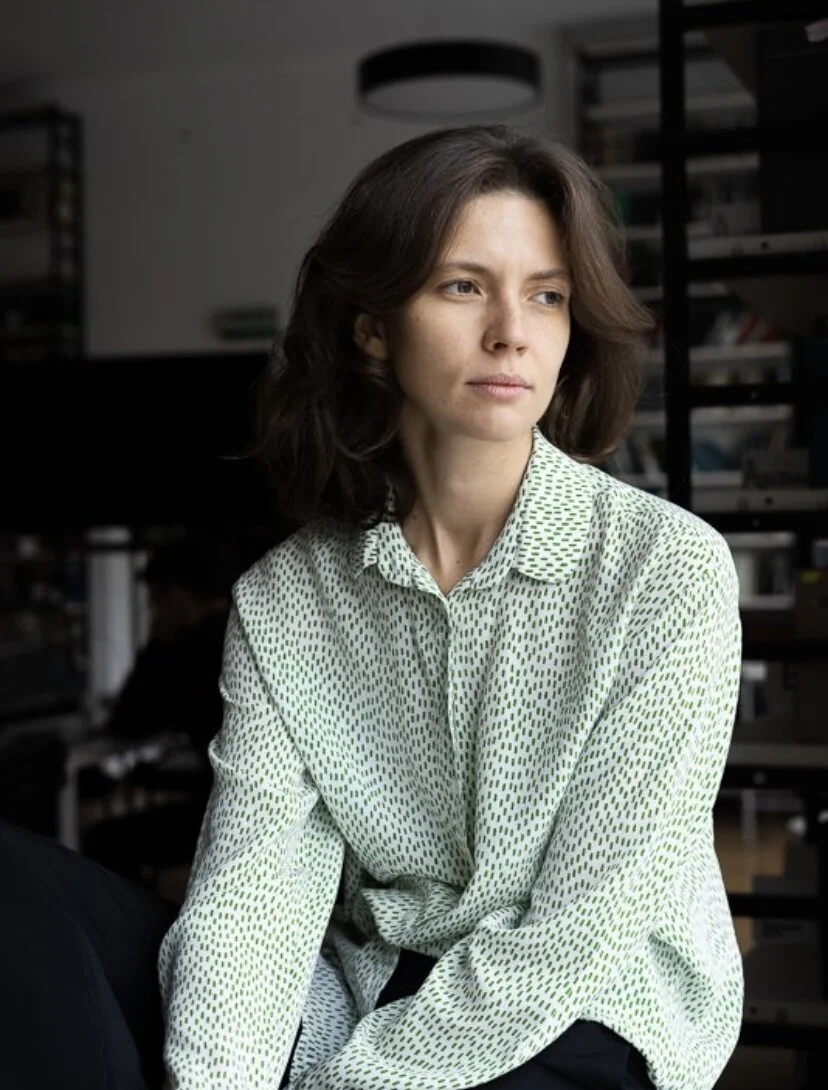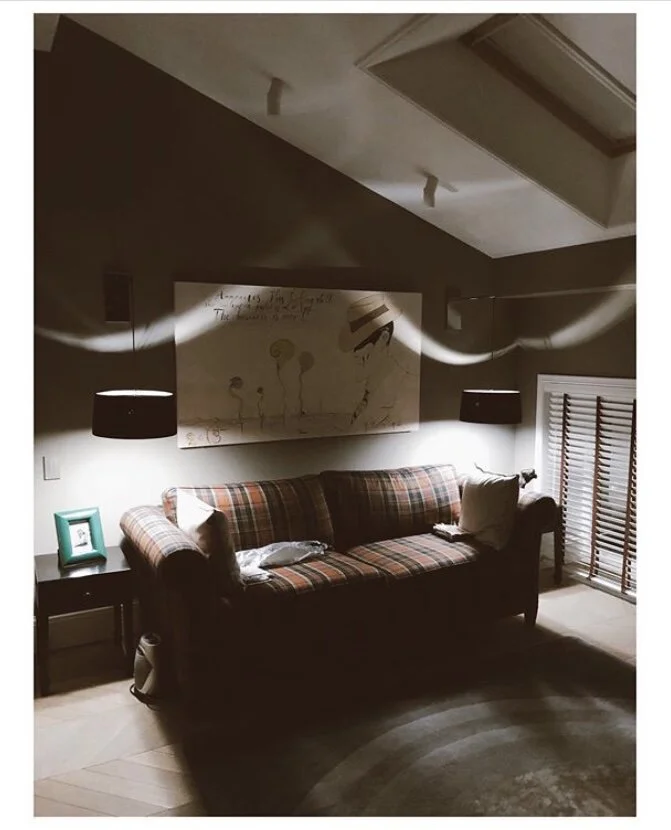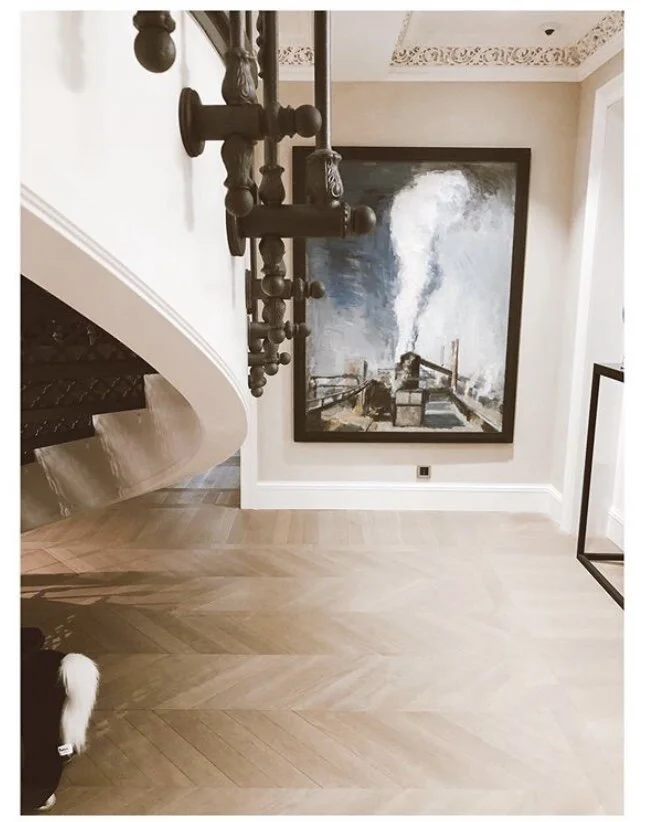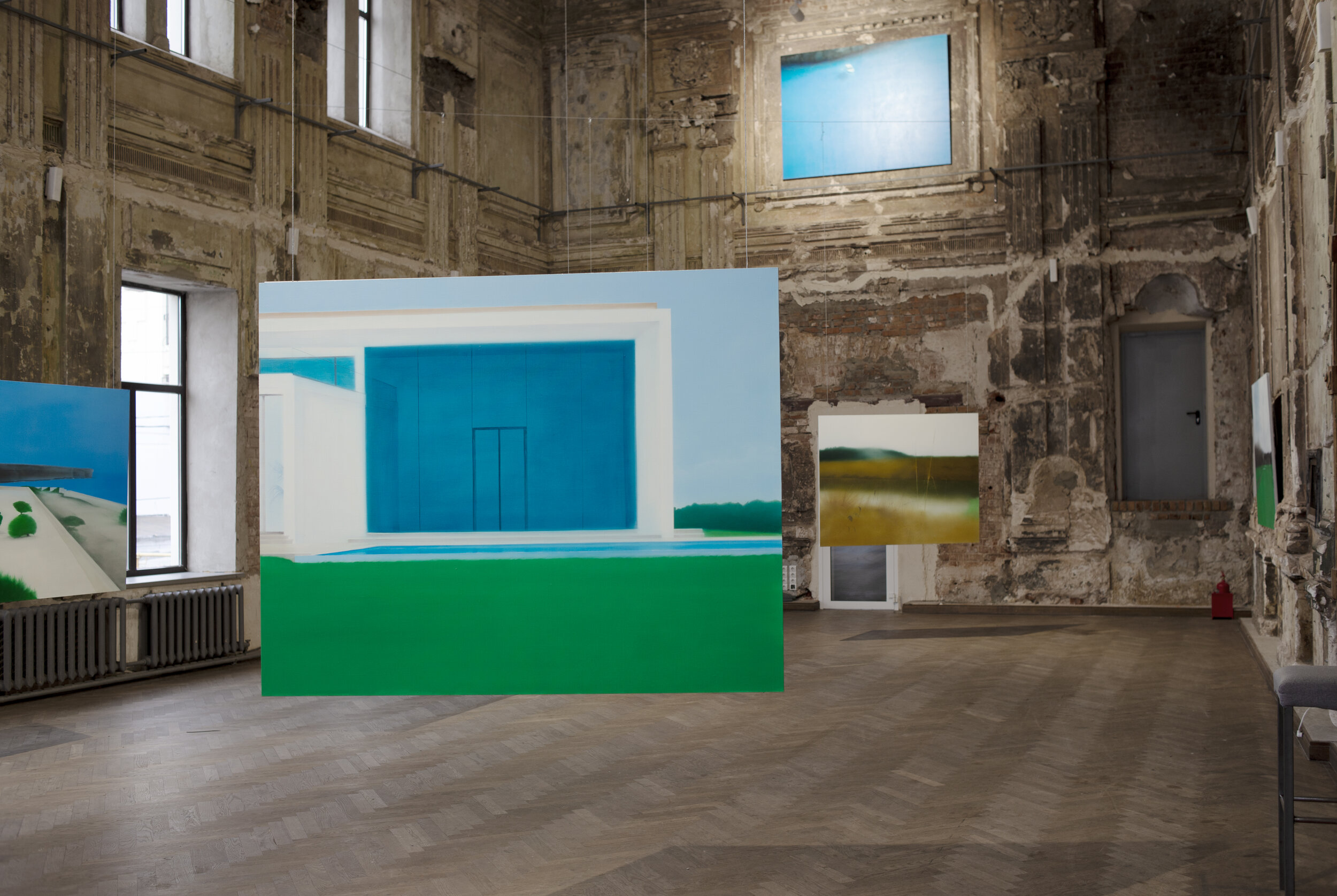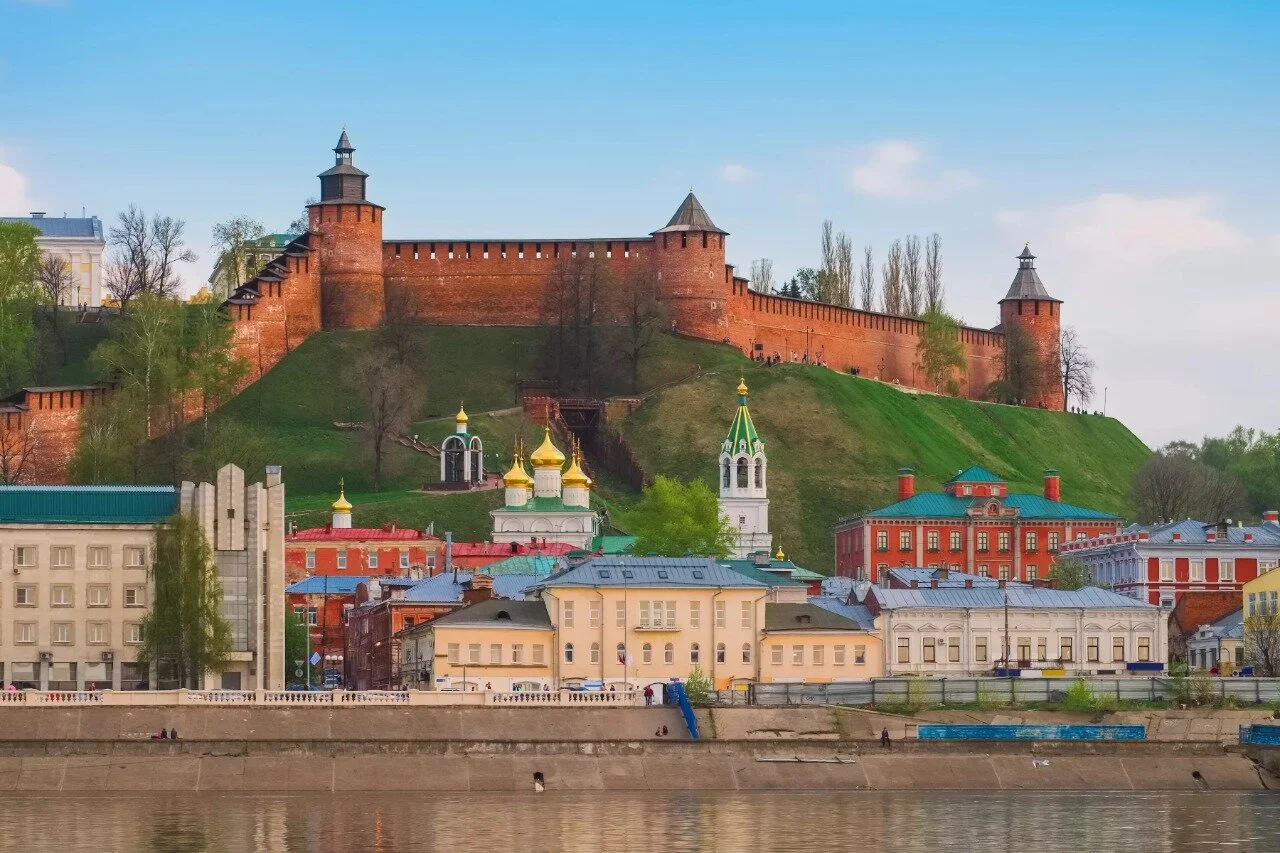Anastasia, gallerist at Futuro & Yulia, curator
Our quest to explore Russian regions brings us back to Nizhny Novgorod, to meet not yet another gallery, but rather a modern art center in the spirit of a Venetian palazzo : Futuro. Since its opening in 2016, not only they exhibited many large-scale projects by local artists, but they often also fostered cultural dialogue between cities. What brings it here today. The exhibition "Not a Season" by Evgenia Buravleva, that just opened at the gallery, is made jointly with Moscow curator - Yulia Gamolskaya. With Anastasia Panova, director of the gallery, and Yulia Gamolskaya, curator of the exhibition, we talked about the project, their attitude towards Russian art and how such joint projects are born.
Anastasia, please tell us about the Futuro gallery. How did it all start?
The gallery began with a beautiful historical building. After an impressive number of rejected commercial projects, our investors decided to make a Center of Cultural Education out of the beautiful walls of this cultural heritage monument. In fact it was quite predictable by observing their activities, which have always shared a common thread of philanthropy. I deeply respect and love them for this.
The main task of the architect was to preserve the historical appearance of the building, for the walls of this magnificent two-story space to continue telling their story, in spite of the ruins. This way, the gallery's educational and historical mission keeps the story of the place alive.
I pursue this sensitive approach in my work as well. As a gallery manager, I consider myself as a mediator between the space and the artist. I see it as my mission to introduce them, without interfering, and do everything possible to implement the project as the artist sees it.
Which projects are you especially proud of?
Each of them! Each project is a small life that we experience together with the artist and the team. They are all different. They resonate with a different audience. Each carries his own statement, evokes different feelings. But for us, it is always satisfaction, pride and gratitude! It is especially joyful to experience that after its passage at FUTURO - the project carries on, or when new opportunities open up for the artist thanks to it.
You recently opened an exhibition made in collaboration with an artist and a curator both from Moscow. How did the idea appear? How often do you invite artists from other cities?
The idea was born after we met with Yulia. At some point, she very carefully offered the possibility of Eugenia's exhibition. I very carefully supported her back, but I was very enthusiastic inside because I have long treated Eugenia's work with reverent attention. Last January, they came to get acquainted with the space. Then the magic between the artist and the space happened. Watching it and being a participant is pure pleasure!
We support the domestic art scene. The exhibition plan is formed according to the principle of a controlled element. Although, of course, the regional context always arouses with special feelings and attention, the number of Nizhny Novgorod artists does not yet prevail. I admit, I would like more.
How do you see the future of the gallery? What is your main focus?
In the context of a pandemic situation, I would like to do everything possible to ensure that our space simply continues its activities.
In your opinion, is there some common feature shared by Russian artists?
It seems to me that the main feature of any Russian artist is excessive depth and a tendency to reflection, again excessive. If it does not turn you inside out, it penetrates you and grows so deeply that it will not be possible to escape from it. It's so delightfully beautiful and it even hurts a little.
Yulia, how did the idea of a joint project come to you?
I love Nizhny Novgorod very much and have been following Futuro for a long time. About a year ago, I met Anastasia, the founder of the gallery. The space of Futuro beckons artists and curators with its beauty and history. The list of their projects is very worthy. The idea of the project came very originally. It was obvious to me that Zhenya Buravleva’s works would be beautifully living in this space. Both the gallery owner and the artist liked the idea, so we started working on the concept.
How do you choose the artists you work with? What is important for you in Art?
It is important for me that the practice of the artist convinces me of something. It is important that I like to look at it and that it has something special that is difficult to say or to define. The most important things in art, in my opinion, cannot be articulated. This is such an intimate experience, but it is based, nevertheless, largely on professional experience. I follow the Art scene, I try not to miss anything, this is how I choose artists.
What, in your opinion, distinguishes the Russian art scene from the foreign one? What are the strengths and weaknesses?
Of course, the context. We are still facing the consequences of the information vacuum in which our parents grew up, as well as lack of a collecting culture and other minor points. But it seems to me that the situation is now getting better and I want to believe that Russian practice will soon catch up with the world one. I see a very keen interest in art, and the pandemic situation only fueled it.
Tell us about your activities as an art consultant. What advice do you give to people who want to buy works of Russian artists?
I mainly work with Russian clients and artists, and this is definitely a long way to go. First, I advise you to figure out as much as possible what you like and respond to and immerse yourself in the Art environment. I advise you not to rush. Watch more. And I try to rarely talk about investment attractiveness. If the client has even a slight doubt, I advise to listen to yourself and think better, because art should bring joy in the first place. But you should not be afraid either, this is such a little game where it is best to get maximum pleasure.
What is art for you?
This is perhaps the most difficult question. I studied art and art is a huge part of my life. I do not remember myself without it. It's even difficult for me to separate my professional activities from my private life. It is such a thin repeater of the most important and urgent thoughts. A source of very important experiences and, often, moral cleansing.

